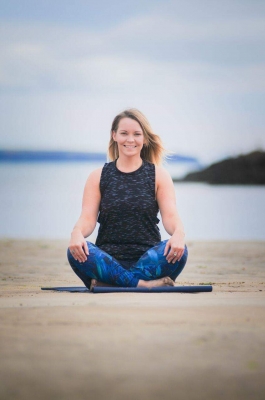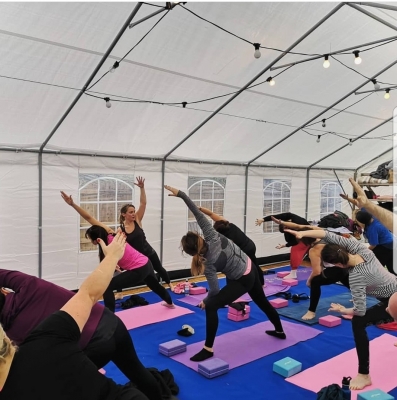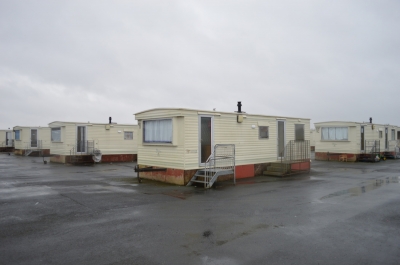I listen to radio frequently, with one always on at home and when I drive. I also listen to many podcasts, mainly as I walk. I subscribe to different shows, some of which are radio station content that is recorded and made available for download and others which are exclusively produced as podcasts.
Form a geographic perspective, I am struck at how radio shows and podcasts can convey a very rich sense of place. I feel that podcasts/radio are powerful and under-appreciated tools for describing the world. The limitations of the medium require presenters, reporters and producers to compensate by combining thick description with high-quality sound recordings. Podcasts, and audio more generally, can play a significant role in exploring, understanding and presenting places. I’ve chosen three examples to illustrate this point.
The first, is an episode of the NPR programme Hearing Voices, which is a weekly show that presents a series of segments, mostly collected from radio broadcasts, documentaries, podcasts and found-sound, relating to a single theme. The episode, Sacred Places (HV079), presents a selection of short pieces that really capture the essence of the places, and the people and practices involved. You can experience the Hindu holy city, Vrindavan through ‘talking notes’ and a the background track of the ambient sound, and get a sense of a Lutheran Church in Montana through an interview intermixed with sounds from services at the Church. It is a really fascinating episode, which I find myself returning to time and time again.
The Royal Canal is a beautiful piece that uses the qualites of good radio/podcasting to portray a journey down a waterway. It is an episode of the Curious Ear, a short radio documentary series that is produced by RTÉ Radio 1, the Irish national public broadcaster. It features “Six miles of canal; six miles of stories”, as it follows the presenter/producer Ronan Kelly as he canoes along the Royal Canal in Dublin city. The use of recordings of the water and paddling is particularly evocative.
This final example is more meta, in that it is a podcast that is about making or understanding/analysing radio and podcasts. How Sound is a very interesting short show, from PRX, the Public Radio Exchange, that explores the world of audio and radio/podcast making. The episode, Show, Don’t Tell, looks at how sound and recordings can be effectively used to demonstrate a topic to listeners, such as recordings of the presenter walking waste deep into ocean water and the difficulties of a man in a wheelchair trying to exit his car in an unsuitable disabled parking space.
Radio, podcasts and the use of audio more generally raises questions about how researchers present their work, especially geographers. Ultimately, most academic work is conveyed in text, which is supported, sometimes, by illustrations, diagrams and maps. However, audio is rarely used. The potential that it offers is considerable, especially in examinations of place. In my research, I frequently make audio recordings, even if it is just of the ambient sound. The use of such recordings are an important component of my methodology, which tries to gain a deep appreciation of the places being studied. I would encourage other researchers to consider the role that audio can play in their research.
Audio version of this blogpost



